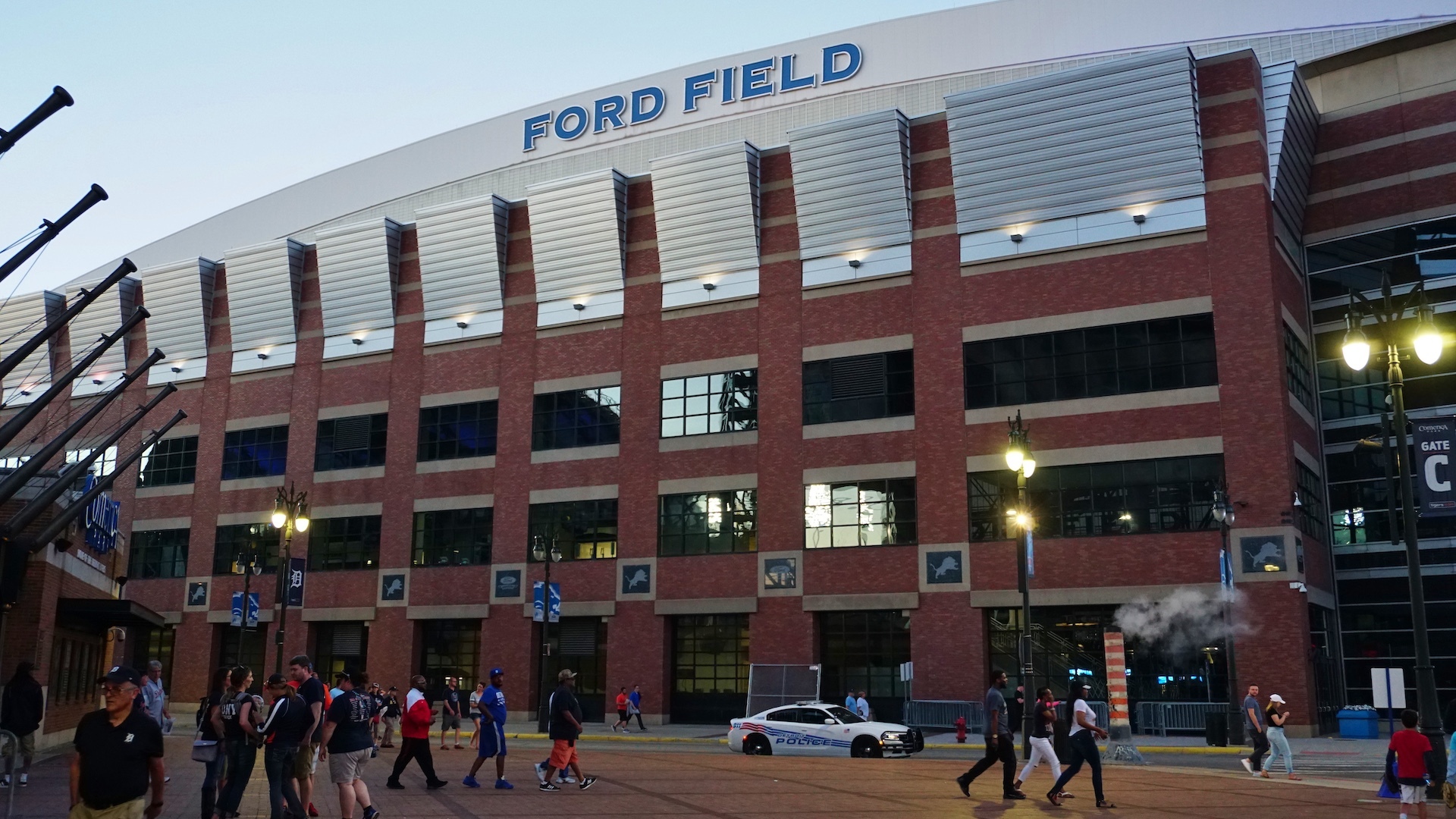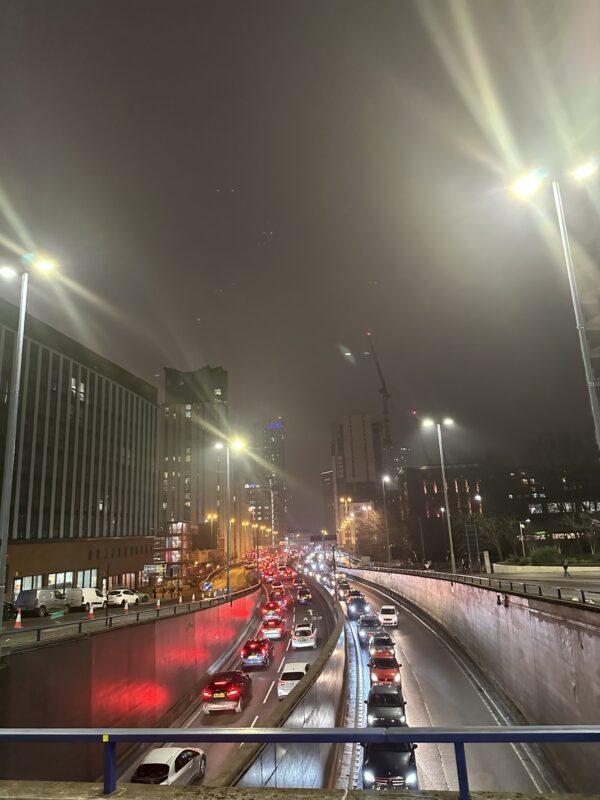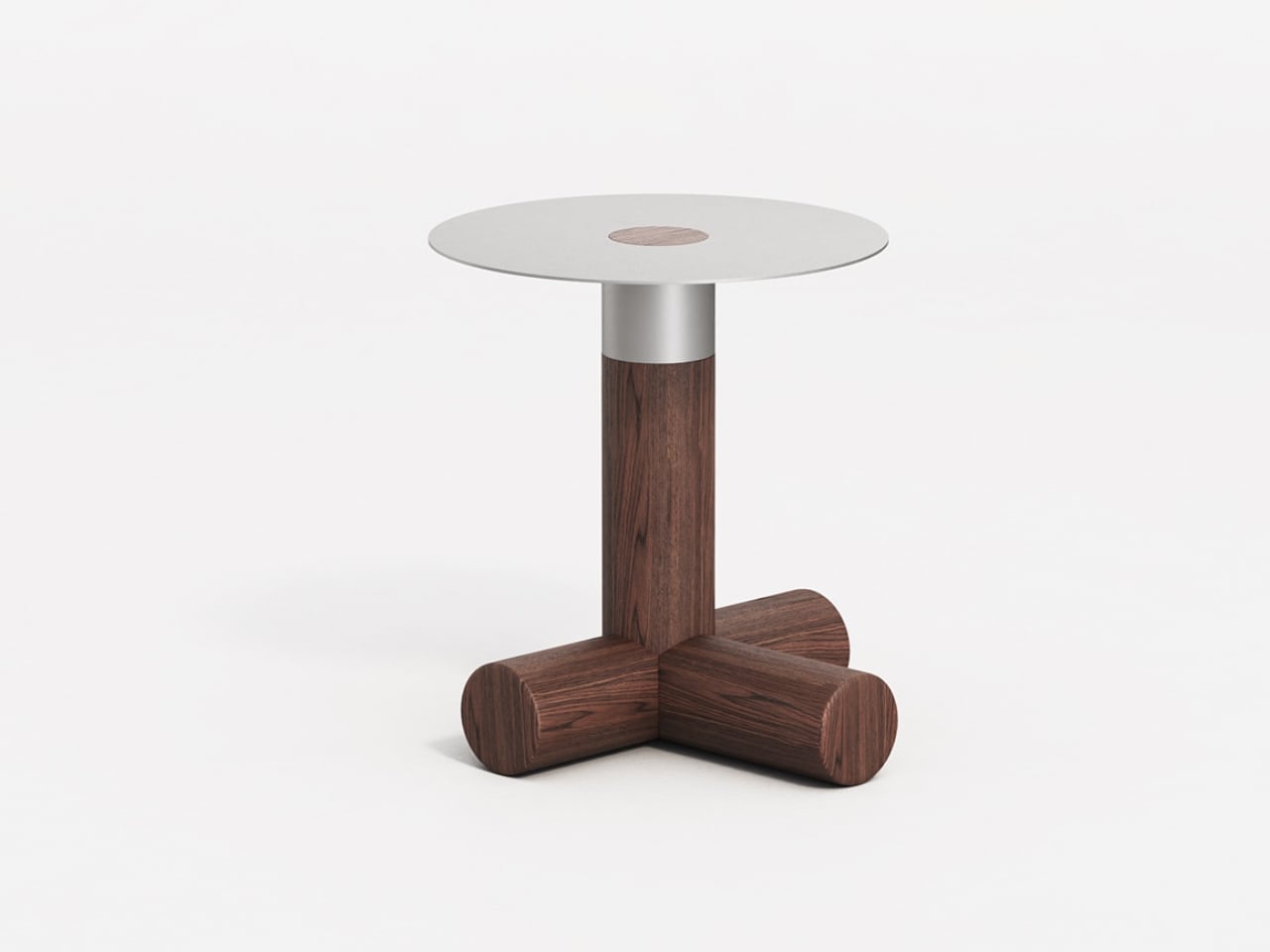Astronomers Reveal the 3D Structure of the Ring Nebula
I’ve lost count of the number of times I have seen the Ring Nebula. It’s a favourite amongst stargazers around the globe and is surely one of the most well known objects in the night sky. The remains of a Sun-like star, its outer layers have drifted out into space leaving behind a the stellar … Continue reading "Astronomers Reveal the 3D Structure of the Ring Nebula" The post Astronomers Reveal the 3D Structure of the Ring Nebula appeared first on Universe Today.

I’ve lost count of the number of times I have seen the Ring Nebula. It’s a favourite amongst stargazers around the globe and is surely one of the most well known objects in the night sky. The remains of a Sun-like star, its outer layers have drifted out into space leaving behind a the stellar corpse, a white dwarf. It looks like a giant smoke ring in the sky but what is its true shape? A team of astronomers have mapped carbon monoxide that surrounds the nebula and built a 3D model to reveal its shape.
The Ring Nebula is a wonderful example of a planetary nebula. It’s located in the constellation Lyra, about 2,000 light-years from Earth and its progenitor star shed its outer layers 6,000 years ago leaving behind the core to become a hot white dwarf. Intense ultraviolet radiation from the white dwarf excites the surrounding gas, causing it to emit green and blue light due to ionized oxygen and nitrogen. It was discovered by Charles Messier who was hunting for comets and, as he spotted objects which clearly weren’t comets he cataloged them. The Ring Nebula is the 57th object in his catalogue so it has the designation M57.

A team of astronomers led by Chester F. Carlson from the Rochester Institute of Technology and Professor Joel Kastner from the Centre for Imaging Science and School of Physics and Astronomy have been exploring the shape of M57. They used the Submillimeter Array (SMA) to map the emission of carbon monoxide gas in the nebula. The carbon monoxide surrounds the hot gas and dust that appears in classic images we are all familiar with seeing.
The Submillimeter Array (SMA) is a radio telescope located on top of Mauna Kea in Hawaii and was designed to observe the universe at submillimeter wavelengths. It is made up of eight 6-meter radio dishes arranged as an interferometer. It enables astronomers to capture high-resolution images of distant objects such as star-forming regions, galaxies, and molecular clouds by detecting the emission of faint submillimeter radiation.

For decades, since the nebula was first photographed in 1886, astronomers have been wondering just what shape the nebula was. A dust ring shape or something resembling a soap bubble structure were the favourite models but the results from SMA observations reveal an ellipsoid structure. The team were able to draw this conclusion from analysing the velocity and location of carbon monoxide molecules from the SMA data. They would have been ejected by the star in its death-throws to reveal its shape to us today.
The findings are similar reminiscent of observations of the Southern Ring Nebula in the constellation Vela. It was one of the first objects observed by the JWST and the results revealed more about its structure just like its more familiar northern counterpart. One slight difference is that the team observing M57 didn’t expect that the SMA data would also reveal the influence of a companion star to the progenitor red giant. They found high velocity concentrations of gas that were ejected out each end of the ellipsoidal nebula.
Source : RIT professor leads research showing true structure of the iconic Ring Nebula
The post Astronomers Reveal the 3D Structure of the Ring Nebula appeared first on Universe Today.






















/cdn.vox-cdn.com/uploads/chorus_asset/file/25829976/STK051_TIKTOKBAN_B_CVirginia_B.jpg)













/cdn.vox-cdn.com/uploads/chorus_asset/file/24435316/STK150_Bing_AI_Chatbot_02.jpg)








































